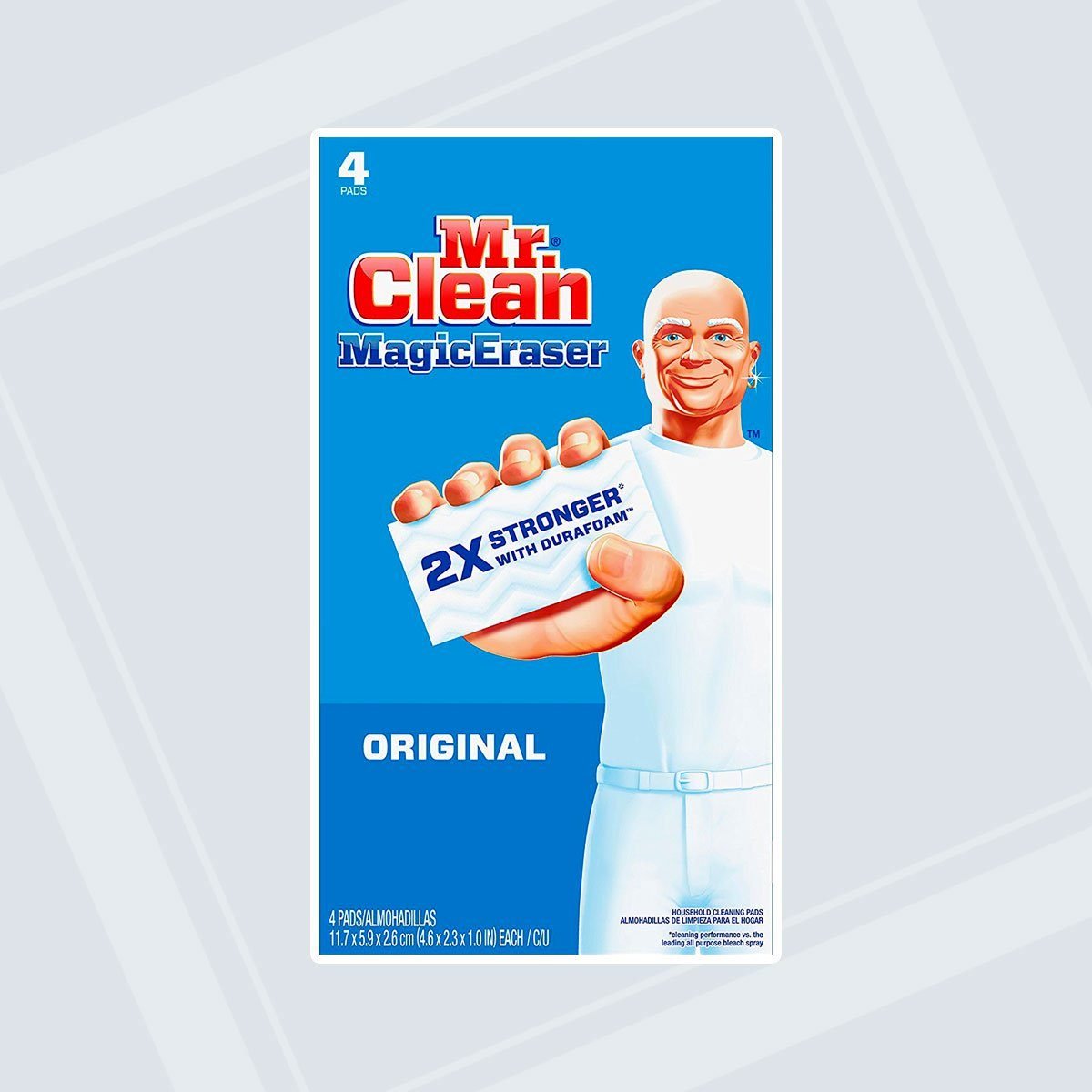You're right, it definitely feels like you're removing the finish in a controlled way when using the pad. So I would strongly recommend doing it carefully and taking it slow as you can overdo it and remove too much of the finish. Definitely no vigorous rubbing.
Some quotes from the article below about Mr Clean Magic Erasers:
-
Magic Erasers are made out of melamine foam, using a compound called formaldehyde-melamine-sodium bisulfite copolymer.
-
Melamine foam is a porous material, which acts something like very fine sandpaper to gently remove stains. Though it feels soft on the outside, each eraser is actually uniquely abrasive and uses small air pockets in the material to lift stains when damp.
-
While the compound ingredient mentioned above does contain the word formaldehyde, it’s part of a chemical name. Formaldehyde itself is not an actual ingredient in the sponges.
Originally introduced in 2003, the Magic Eraser, by Mr. Clean, has become a popular option for cleaning a wide variety of messes with just a sponge and a bit of water.

www.familyhandyman.com
Thanks for doing the research!
I used to restore furniture and we had lots of tricks I learned there that I have used to smooth out various types of finishes on ukuleles as well...
DISCLAIMER: If you have a valuable or antique instrument, stop reading now. These methods will probably degrade the value of your instrument!
Ok? If you have a situation similar to what uketoric experienced, there are some options. These pads worked fine it seems... Here are some other options...
Although I can no longer get those fancy steel wool pads anymore, I do basically the same thing as uketoric just did, except I do it with wet/dry sandpaper with super high grit numbers when I try to even out a finish.
I use a course of sanding that runs 1500g-2500g-4000g. This essentially brings the existing finish up to a semi-gloss level finish. If I'm smoothing out an abrasion on a matte finished surface, I stop at 1500 or 2500, depending. These are all available from TAP Plastic stores. If you need to smooth out a serious ding or crack in the binding, start with a 220g- 400g instead, and then work your way up. And: ALWAYS SAND WITH THE GRAIN DIRECTION!
As with these Mr Clean pads, some lubrication is needed or the finish will overheat and get messed up... water is fine... I've used the Howard's Feed and Wax product a few times as well - but mostly on furniture... and it will discolor some porous surfaces so be careful!
For a gloss finish, keep going... Diamond sandpaper is available in grits up to 50,000, 100,000 and even 200,000 from lapidary supply stores and as sanding belts from knife sharpening supply places. (50,000g is considered a gloss finish in lapidary terms, fyi)
Since I have no regard for the resale value of my ukuleles, I go ahead and sand away! And the thing is, 4000g looks like a finished surface, even if there is no finish present, on most hardwoods and binding materials. Surfaces that have had all of the finish rubbed off due to damage - over polishing - or extensive use - will look all shiny and new with this treatment. Just sand it, rub a little of that Howard's on that spot, and call it a day...
I buy a lot of used ukuleles to supply my elementary school students, so I see an unusually large number of these types of surface defects (and outright damage). But I bet most of us have considered buying (or have bought) a garage sale special that needs a little love. With this little bag of tricks, I can have them all looking shiny and nice when I'm done with them... and so can you!




